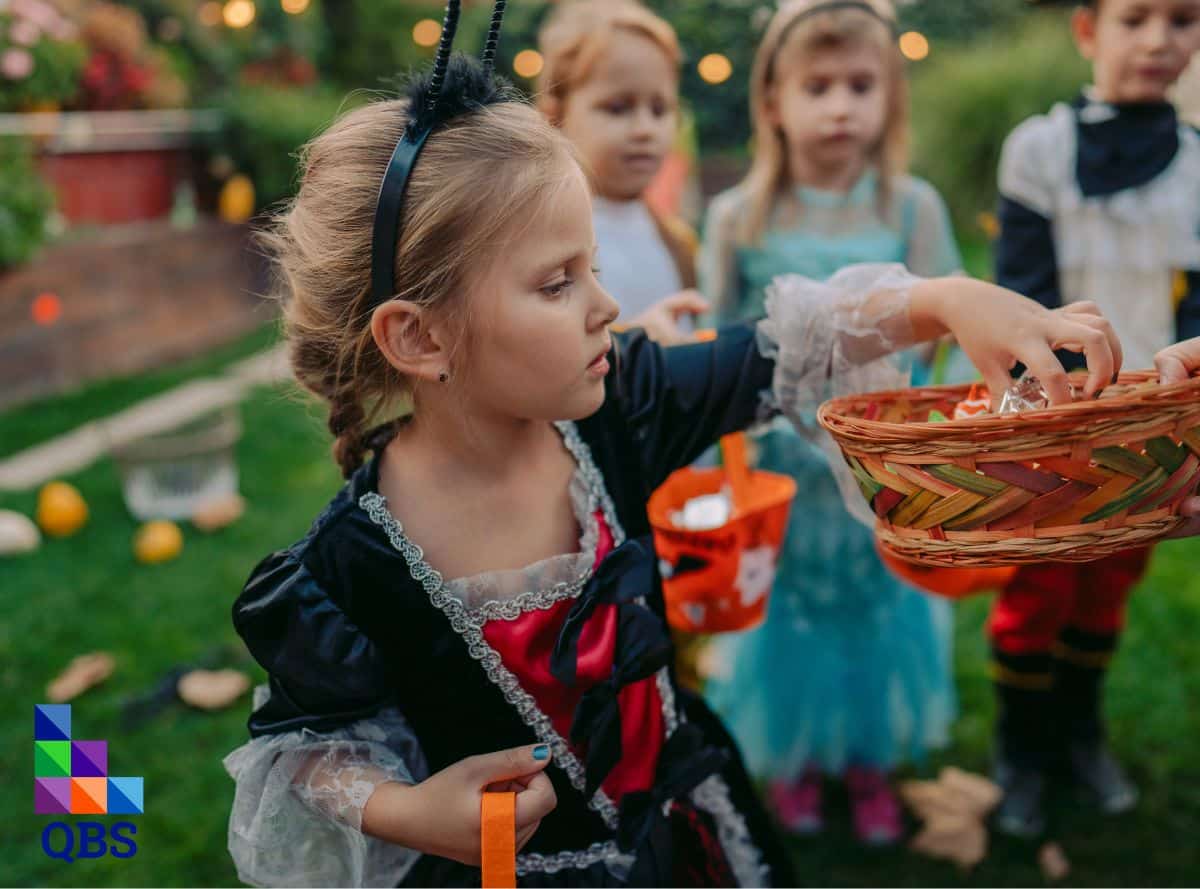As Halloween approaches, many parents of children with autism spectrum disorder (ASD) look for ways to make this holiday fun for their children. Halloween can be overstimulating for some individuals, so we’ve provided parents with 10 practical tips to help create a positive Halloween experience.

1. Practice Wearing Costumes Ahead of Time
- Start trying on costumes several weeks before Halloween
- Allow your child to wear the costume for short periods to get used to different textures
- Consider adapting costumes to accommodate sensory sensitivities
- Make sure the costume isn’t too tight, scratchy, or overwhelming
- Have a back-up (or two)
2. Establish Expectations & Schedules Early
- Use pictures or social stories to explain Halloween activities
- Create a schedule: break down the evening into clear, manageable steps
- Include pictures of houses you’ll visit if trick-or-treating
- Set clear expectations about when activities will end
3. Plan Sensory-Friendly Alternatives
- Host a small Halloween gathering at home
- Organize a daytime trick-or-treat experience to reduce crowds
- Visit places offering sensory-friendly Halloween events
- Consider trunk-or-treat events which are often less overwhelming
4. Establish a Safety Plan
- Use identification bracelets or cards in case your child is separated from you
- Attach glow sticks or reflective tape to costumes
- Practice safety phrases and meeting points
- Allow your child to take breaks as needed from planned activities
5. Prepare for Social Interactions
- Practice trick-or-treat exchanges at home beforehand
- Role-play common Halloween scenarios
- Teach simple scripts for getting candy
- Create cards your child can hand out to adults explaining (s)he is non-verbal if needed
6. Manage Food Sensitivities
- Bring alternative treats for candy exchanges
- Create a plan for sorting and handling candy
- Consider non-food treats as alternatives
- Have preferred snacks readily available
7. Manage Overstimulation
- Designate a calm space at home
- Pack noise-canceling headphones
- Bring comfort items and familiar toys when going out
- Have an exit strategy for overwhelming situations. It’s ok to abandon your plan
8. Control the Environment
- Scout locations in advance. Consider driving to familiar homes with familiar people
- Choose less crowded times for activities
- Avoid houses with intense decorations if needed
- Plan routes that avoid sensory triggers
9. Use Visual Supports
- Create a countdown calendar to Halloween
- Make picture cards for different activities
- Use visual timers to manage duration of activities or to signal when activities are ending
- Provide choice boards for activities
10. Celebrate in Your Own Way
- Focus on what works for your child
- Create new traditions that match your child’s interests
- Remember that participation can look different for everyone
- Celebrate success, no matter how small
Halloween can be an exciting and enjoyable experience for children with autism when properly planned and supported. Remember that every child is unique, and what works for one may not work for another. Adapt these strategies to fit your child’s specific needs and preferences.
 By using our site, you consent to our use of cookies to enhance functionality and analyze site performance.
By using our site, you consent to our use of cookies to enhance functionality and analyze site performance.